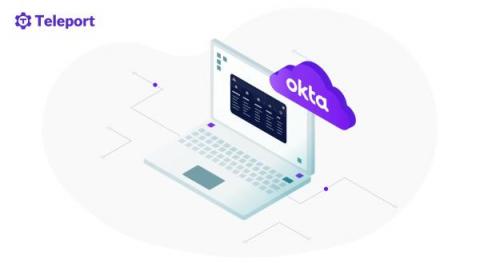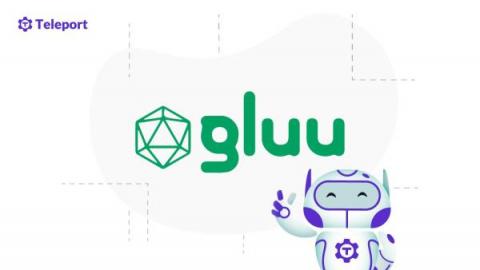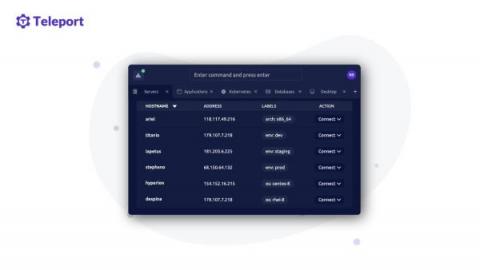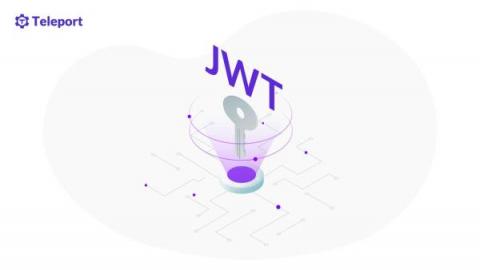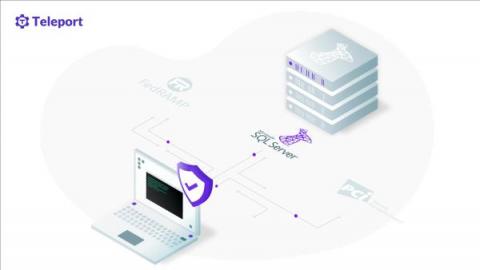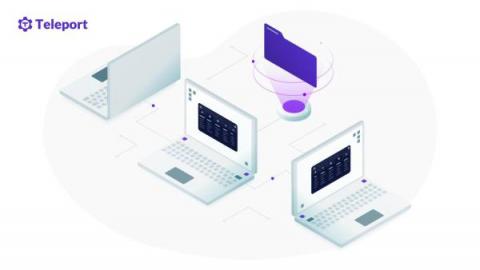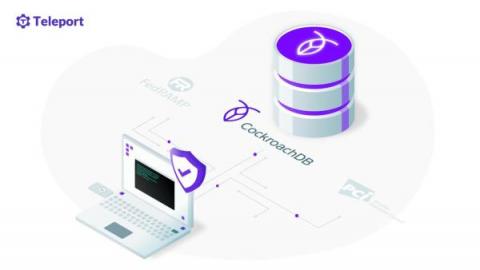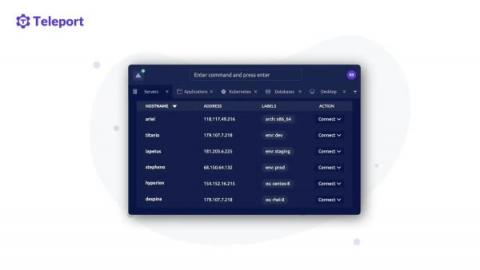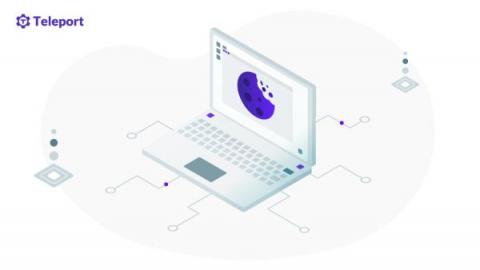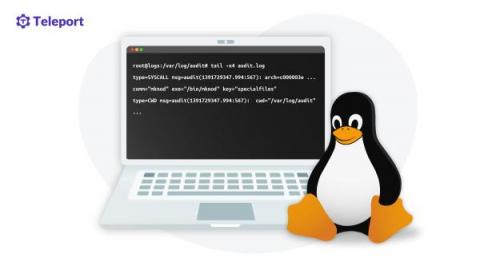Securely Implementing IdP-initiated SAML2 Login
Security Assertion Markup Language 2.0, or more commonly known as SAML in the industry, is one of the most used protocols for single-sign-on on the modern web. It allows an application like Teleport to communicate with an upstream identity provider like Okta or Google Workspace to securely get trusted information about users when they log in, removing the need for sign-ups, log-ins and tying identities to people inside the application.


